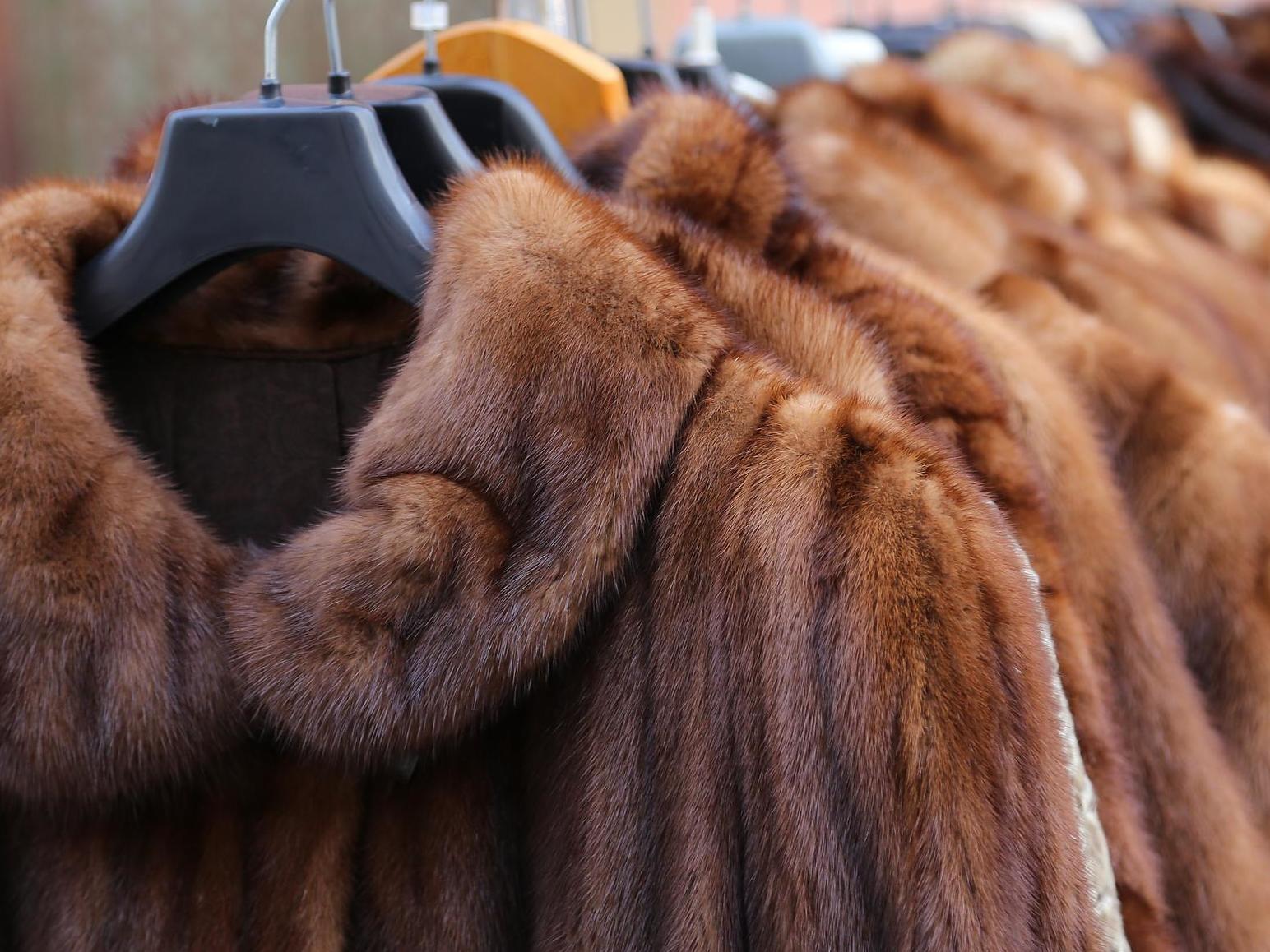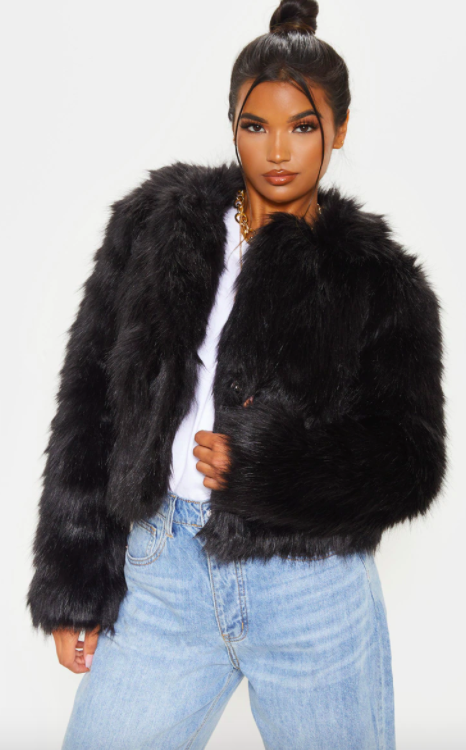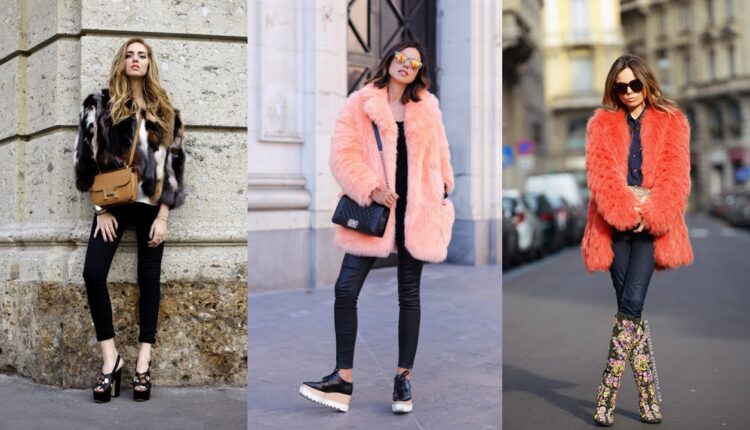After Cindy Crawford and Naomi Campbell posed naked for PETA’s “Anti-Fur Campaign” in the ’90s, real fur stood no chance in the fashion industry.
Although wearing fur was a sign of status and luxury, brands such as Versace, Prada, Jean-Paul Gaultier, and Burberry have taken a stand against it.

This didn’t stop the fur trend as “Faux Fur” was introduced into the market. It had the same sheen, luxury, and glamorous feel, but the difference was the synthetic microplastic fibers used to replicate it. Faux fur has been widely popularized through the decades and continues to be in fashion. It was even considered to be more sustainable than real fur. The recent debate over style and its sustainability have raised eyebrows on faux fur and its environmental impacts.
In this day and age, information travels faster than light, so when a sustainably inclined consumer looks up sustainable fashion and ethical luxury brands, they are bombarded with advertisements. To the modern-day consumer, the trend of ethical fashion is attractive, but despite the level of awareness, the increase in fur sales by 70% in the last decade is alarming. While brands like Calvin Klien and Tommy Hilfiger are 100% fur-free, companies like Gucci, Donna Karan, and Karl Lagerfeld have made fur at their forefront in fashion shows.

Image Source – prettylittlething
The emergence of sustainable fashion has been an eye-opener for the world as not many are aware of the impact of fast fashion. Just as people today are concerned about the food they consume, they are also taking a closer look at the clothing they wear to help contribute to a cleaner environment. Sustainable fashion puts the entire life cycle of a garment under a magnifying glass, from where it has been made to when it ends up in a landfill. Faux Fur products are made out of synthetic fabrics that are essentially forms of plastic. But then again, micro-plastics are becoming a significant concern for the environment because every time you wash a synthetic material, the microplastic breaks off and often ends up in the oceans. Fish and turtles often mistake this for food and end up consuming it.
If we consider the fur-making process, the first barrier would be the merciless killing of cute little furry animals such as minks. To make the fur last, the skin and fur of the animal are put through major chemical processes. These chemicals not only cause significant health issues but are also going to be trashed into the ocean. So if we look at it, both real and faux fur have equivalent negative impacts on the environment.
Now the question remains, to fur or not to fur? Even though it is a heavily debatable topic and both sides of the argument have several statements. It is safe to say that if we are majorly concerned about the planet, then “not to fur” would be the answer until plant-based fabrics are standard. If not, then ethical fur shopping and other techniques need to be implemented, but that’s a whole other blog post in itself.


Comments are closed.